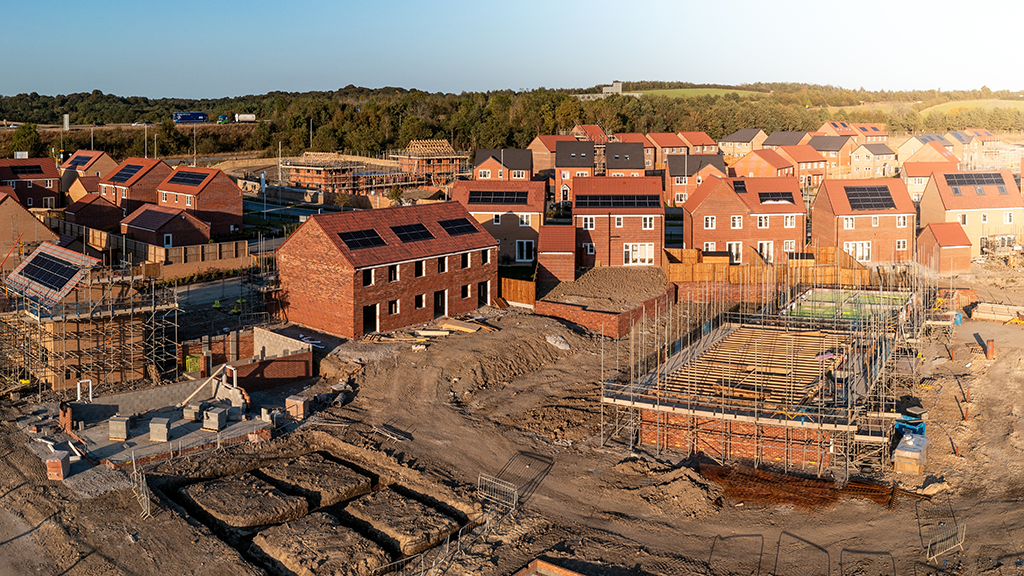Prime Minister Mark Carney has repeatedly stated the federal government鈥檚 commitment to create new housing. However, he needs the buy-in from Canada鈥檚 premiers to make this happen. For example, development charges need to be addressed and sale taxes cut or reduced. These are currently under discussion between Ottawa and the provinces.
It鈥檚 also about getting these new homes built quickly. Canadian provinces and municipalities have, within limits, the ability to dictate how and where new residential development can take place. This can slow down the entire homebuilding process and is reflected in the Report Card on More and Better Housing by Task Force for Housing and Climate. No province ranked better than C+.
Project developers can also add to the slow response when they do not complete projects or delay their construction, even after receiving approval. Rather than reinventing the wheel in order to improve its housing performance, Canada could learn from other countries facing the same challenges of building more homes better and faster.
For example, the U.K. Ministry for Housing, Communities and Local Government (MHCLG) has announced a to speed up the construction of residential and associated projects that have received approval.
鈥淲e know that slow build out is of great frustration to many local planning authorities and communities that rightly expect homes, infrastructure and services that have been promised as part of a planning approval to be delivered as quickly as possible,鈥� the ministry paper said. 鈥淲e also know that developers are responsive to commercial incentives and build out homes at a rate that is beneficial to their business and reflective of the wider economic environment.鈥澛犅�
The MHCLG recognizes there can be factors beyond a developer鈥檚 or builder鈥檚 control, such as a labour action, a newly discovered site issue or corporate financial difficulties.
However, the ministry seeks to address a slow build out when, 鈥渉ousing sites are built at the pace the homes can be sold at current second-hand market prices, rather than the pace at which they could be constructed if pre-sold.鈥� 聽聽
The government is proposing a five-part strategy to address the speed at which new homes are built after approval.
In summary these are: Reforms to the planning system; mortgage reforms; support for SMEs building on smaller sites; building higher proportions of affordable housing; and increased strategic master planning by the government itself.
This latter point is in acknowledgement, 鈥渢he private market will not, on its own initiative, produce sufficient housing to meet overall housing need, even if it is highly competitive.鈥�
Many of these ideas match the Liberal party鈥檚 policy outlined during the recent federal election. However, the British proposals go much further.First, the paper proposes builders submit a build out statement to their Local Planning Authorities (LPAs) along with their planning applications, issue a commencement notice and report annually on actual new home delivery.
Second, LPAs would be granted sanctioning powers, 鈥渢o address developers who persistently fail to build out quickly and tackle the problem of unscrupulous speculators making repeated applications that they have no intention of ever building out.鈥澛�
As a last measure, a 鈥渄elayed homes penalty鈥� would allow local authorities to issue a financial penalty, based on a percentage of the home鈥檚 price or referenced to the local tax rate if, in a given year, a development falls substantially behind the pre-agreed build out schedule (to 90 per cent or less of the agreed delivery) if the builder cannot satisfactorily justify the delay.
The authors acknowledge using financial penalties as a tool to both encourage construction and to ensure that developers don鈥檛 鈥渂ank鈥� their land or delay projects in attempts to seek disproportionate profits means walking a fine line.
鈥淚t would be important in the introduction of any delayed homes penalty that industry was confident in when and how this would be applied, to ensure that they did not disincentivize land being brought forward for development.鈥�
For that reason, the working paper has been circulated to various stakeholders for questions, comments and suggestions. However, initial reaction appears supportive.
Adam Hug of the U.K.鈥檚 Local Government Association told his organisation welcomes the suggestions.
鈥淭he ability to apply a 鈥榙elayed homes penalty鈥� is a power that councils have been asking for and means that local taxpayers are not missing out on lost income due to slow developers.鈥�
Rachael Williamson, director of policy, communications and external affairs of the Chartered Institute of Housing, , 鈥淪tronger accountability measures for developers must go hand in hand with continued investment in affordable and social housing if we are to meet the scale of housing need.鈥�
Would Canada consider such measures to ensure the federal government鈥檚 target of 3.5 million new homes by 2030? It would take an historic buy-in from industry and multiple jurisdictions, but it might be a concept worthy of discussion.











Recent Comments